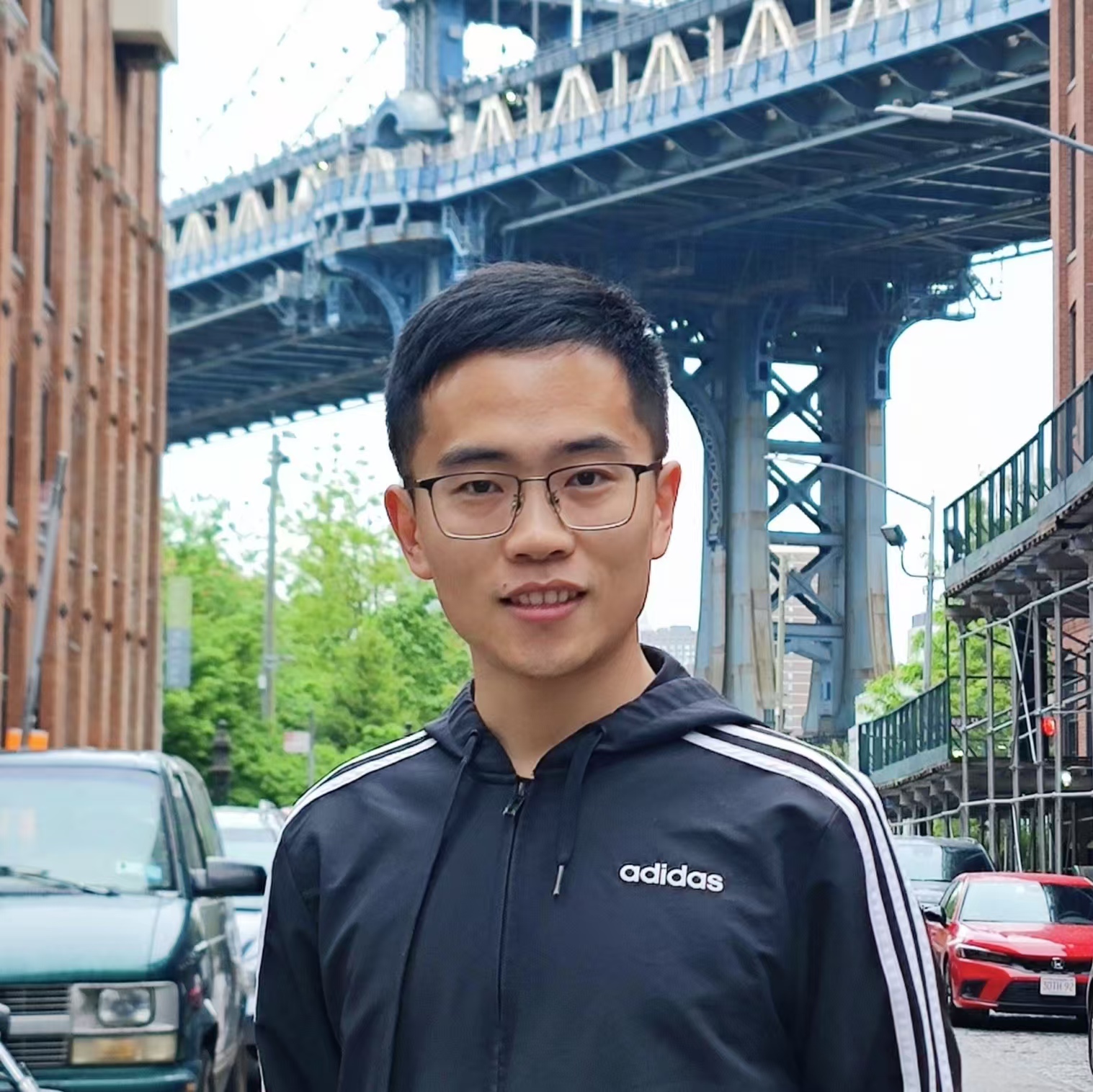Bio-inspired robot swarm path formation with local sensor scope
Published in Applied Intelligence, 2022
Creating a robot network to connect the targets while exploring an unknown map is the goal of the path formation issue. It is difficult to maximize the efficiency of exploring a multi-target maze by a robot swarm with limited sensor capabilities. In this study, a novel behavior-based path formation approach (BPFM) that incorporates an artificial potential field and a bio-model inspired by slime mold is proposed for this problem. The robot’s controller can operate more sensibly while using the heuristic term from particle swarm. In order to maintain a dynamic multi-source network, a series of mechanisms and transition rules have been designed for the multi-target maze. Grid maps with obstacle density from sparse to dense are utilized in simulations to compare the proposed method with other algorithms. The results indicate that the performance of collective exploration, which is examined in diverse circumstances, is unexpectedly efficient and robust.
Recommended citation: Y. Zhao, Z. Qu, H. Liu, and R. Zhu, “Bio-inspired robot swarm path formation with local sensor scope,” Applied Intelligence, vol. 53, no. 1, pp. 17310-17326, 2022. https://link.springer.com/article/10.1007/s10489-022-04356-9
